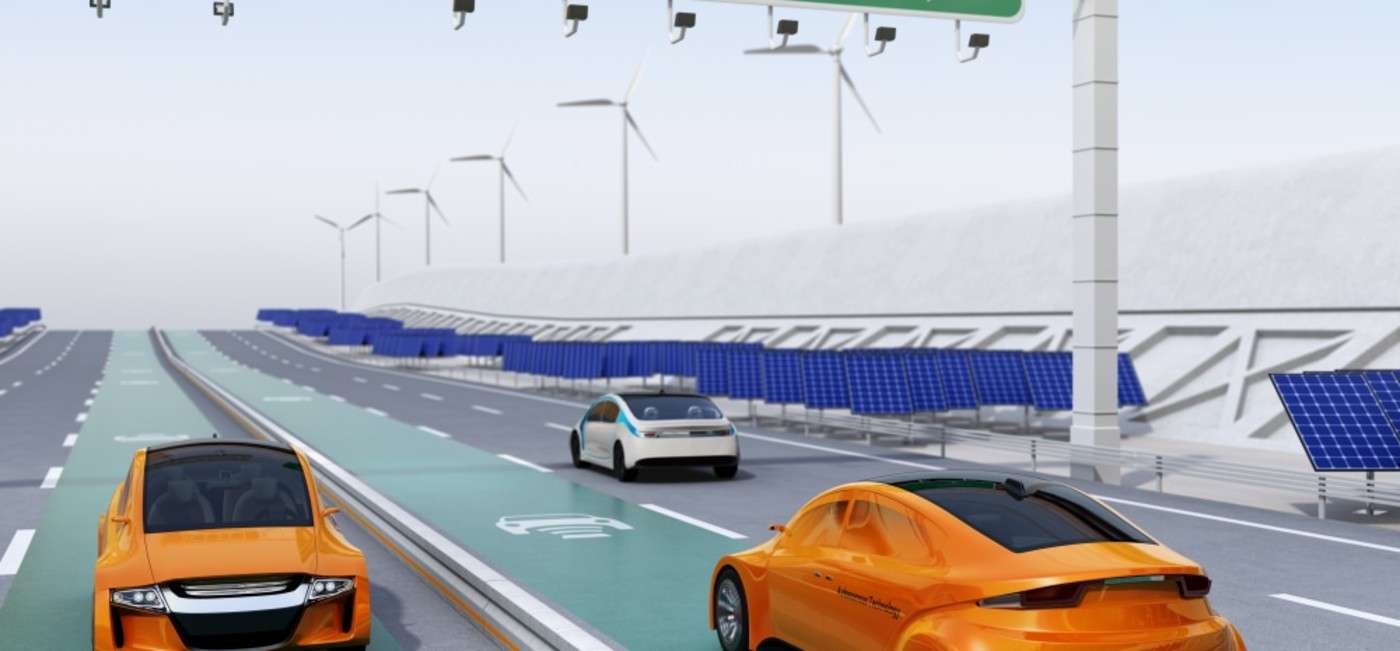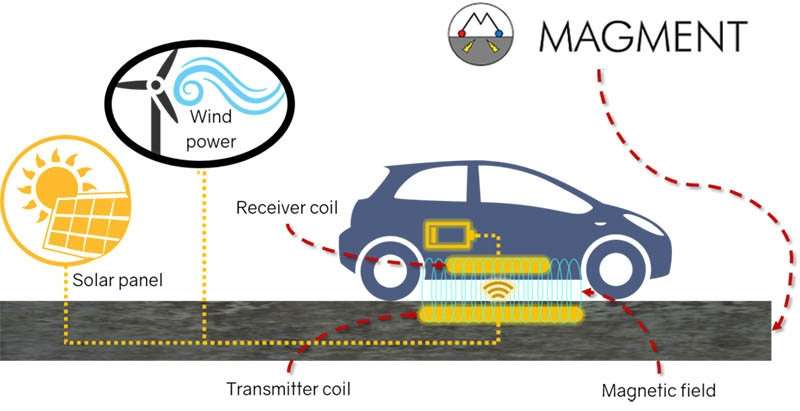Swedish Firm Delivers First Batch of 'Green Steel' to Volvo - Made Without Any Coal
Replacing coal and coke with hydrogen and green energy for heating, Swedish firm Hybrit has made the world's first "green steel".

Indiana could be the first state in the Union to have a wireless charging road that tops up your electric vehicle as you drive along it.
As the 21st century rolls on, we've all had those one or two moments where we see some new technology and the pace of innovation really comes home to roost in our heads, normally with some recollection of Star Wars or Star Trek.
Maybe for some it would have been the self-driving feature of the Tesla, or smart home systems, but for motorists in Indiana, that moment may come by way of a shiny new wireless road.
While range and battery charging times are getting better every year, it's still the most limiting factor when it comes to the purchase of an EV. The Indiana Department of Transportation (INDOT) has decided to tackle that by burying electrified wire coils that create a magnetic field along the road surface, mimicking the way wireless charging stations for tablets and phones are designed.
In order to use the roads, cars would be fitted with a receiver coil to pick up the charge as they go along, and becoming magnetized, draw electricity from the coils themselves.

Expected to take three phases, the work will begin in late summer, according to a statement from the contracted German firm in charge of designing and installing the technology, Magment.
"This project is a real step forward towards the future of dynamic wireless charging," said Mauricio Esguerra, CEO of Magment, "that will undoubtedly set the standard for affordable, sustainable, and efficient transportation electrification."
Copper prices are pretty high these days; early in spring they were at an all-time record, so Magment are ditching copper wire coils for recycled ferrite, which they believe will allow them to "achieve transmission efficiency of up to 95% and be built at standard road-building installation costs," according to Singularity Hub.
If the cost savings are real, then it could start production quite soon following two planned lab tests.
It's the first such electrified charging road in the U.S., and a testament to the pace of change in this field is a projection by researchers working on charging roads at the University of Cornell that it would be 5-10 years before such technology would be available.
The Indiana model would represent, if successful, the best in a field that is no means monopolized. Sweden has electric rails in some highways that allow the largest vehicles on the highway to charge by way of an electric arm on their undercarriage that draws power from the rail.
Volkswagen and an Israeli firm called Electreon have rolled out a prototype 70 kilowatt-hours of charging speed on a road between the Italian cities of Brescia and Milan—a deeply congested and popular long-distance commute.
Another German firm, Siemens, is trying to build a scaffolding of cables and wires above a three-mile stretch of road outside Frankfurt that will allow cars to charge as they drive similarly to city trams.
It won't be long before one of these projects comes good, and motoring is once again changed forever.
SHARE This Story With Your Buddies on Social Media…
Be the first to comment